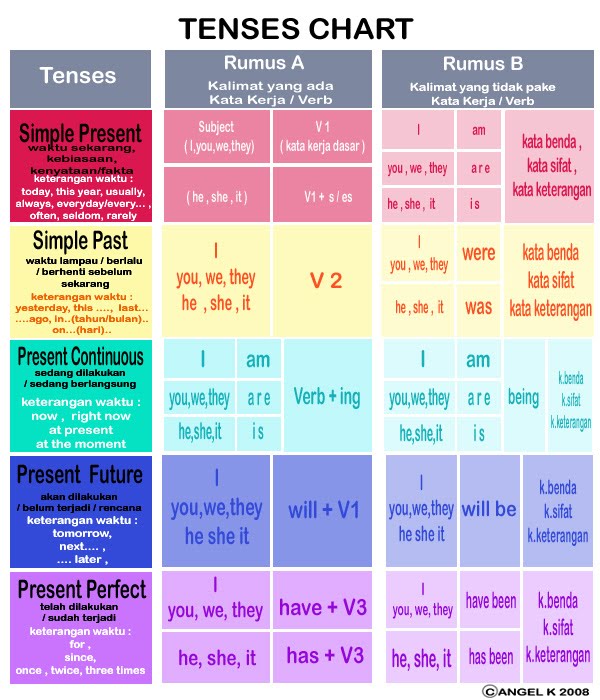
The category of aspect expresses how a state or action relates to time – whether it is seen as a complete event, an ongoing or repeated situation, etc.

Nonetheless, in many descriptions of languages, particularly in traditional European grammar, the term "tense" is applied to verb forms or constructions that express not merely position in time, but also additional properties of the state or action – particularly aspectual or modal properties.

In modern linguistic theory, tense is understood as a category that expresses ( grammaticalizes) time reference namely one which, using grammatical means, places a state or action in time. It is not related to the adjective tense, which comes from Latin tensus, the perfect passive participle of tendere, "stretch". The English noun tense comes from Old French tens "time" (spelled temps in modern French through deliberate archaization), from Latin tempus, "time". Verbs are also often conjugated for mood, and since in many cases the three categories are not manifested separately, some languages may be described in terms of a combined tense–aspect–mood (TAM) system. Some languages have different verb forms or constructions which manifest relative tense, such as pluperfect ("past-in-the-past") and " future-in-the-past".Įxpressions of tense are often closely connected with expressions of the category of aspect sometimes what are traditionally called tenses (in languages such as Latin) may in modern analysis be regarded as combinations of tense with aspect. This is called relative (as opposed to absolute) tense. In some contexts, however, their meaning may be relativized to a point in the past or future which is established in the discourse (the moment being spoken about). Tenses generally express time relative to the moment of speaking. On the other hand, some languages make finer tense distinctions, such as remote vs recent past, or near vs remote future. In recent work Maria Bittner and Judith Tonhauser have described the different ways in which tenseless languages nonetheless mark time. There are also tenseless languages, like most of the Chinese languages, though they can possess a future and nonfuture system typical of Sino-Tibetan languages. Some languages have only two distinct tenses, such as past and nonpast, or future and nonfuture.

The main tenses found in many languages include the past, present, and future. Tenses are usually manifested by the use of specific forms of verbs, particularly in their conjugation patterns.

In grammar, tense is a category that expresses time reference.


 0 kommentar(er)
0 kommentar(er)
